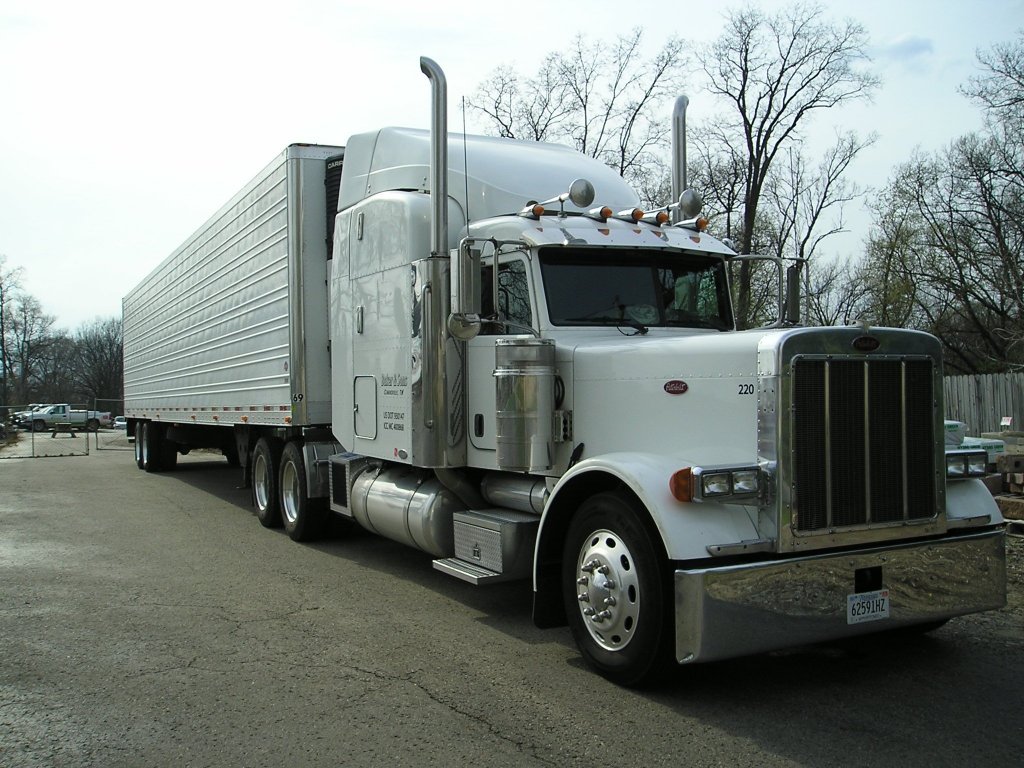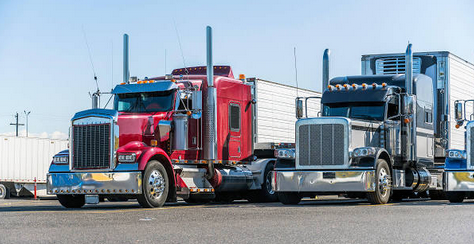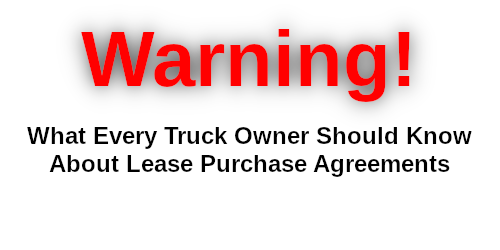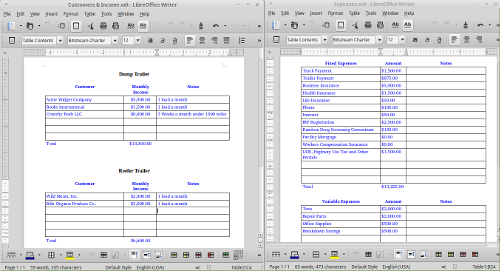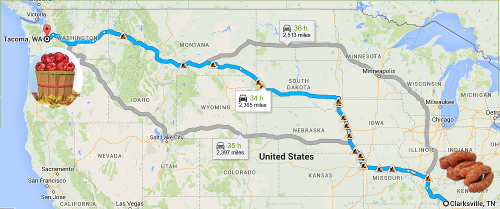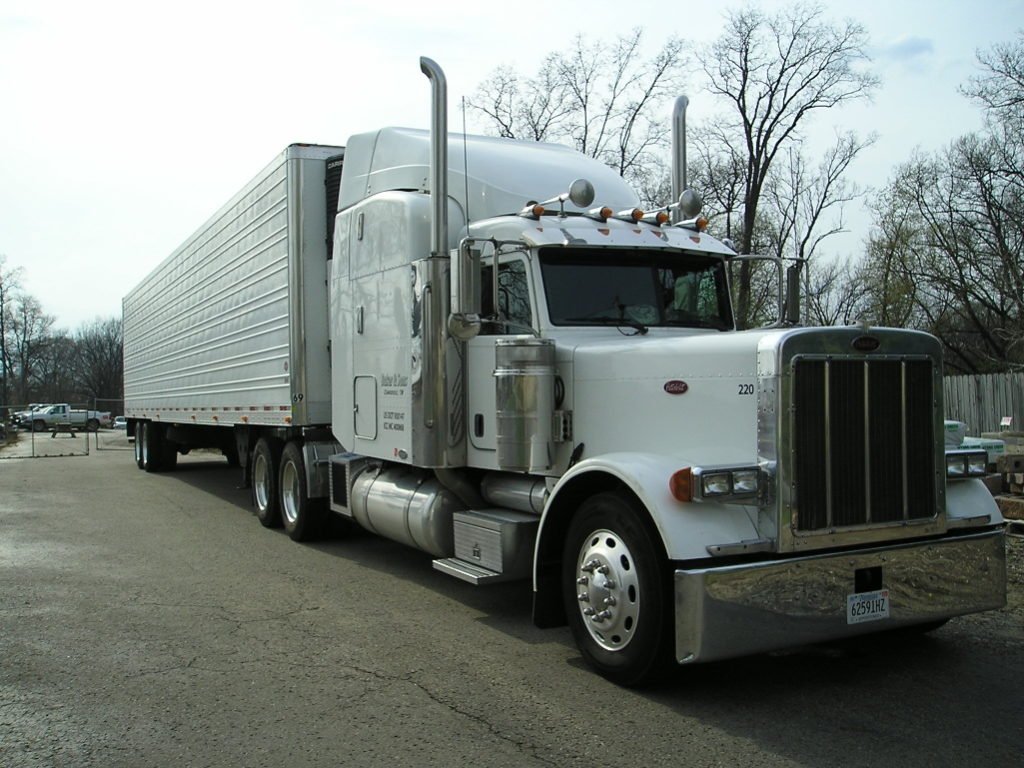Great! You’re are ready to shop for your first truck. Securing financing is easier than you think and you can learn more in my post “Financing Your Truck.” If you have saved the money to purchase a truck, should you use that money to buy your truck? Recently a reader shared their intent to use their savings so I will discuss that in further detail shortly. When shopping for your truck, the most important thing to know is you should focus your efforts on choosing the right truck and not any “Rooster Cruiser,” “Chicken Truck” or “Large Car” that catches your eye. Your first responsibility with owning a truck is to be successful. Choosing the right truck the first time will help you do just that.
There is an old saying in business, “use someone else’s money.”
There are times to use someone else’s money and there are times to
use your own money. Make no mistake, I believe in being debt free.
However, to become debt free you should always exercise wise
financial planning. When it comes to choosing the right truck and
buying that truck, more often than not you should finance that truck.
Here is why. If you buy your truck with your savings, frequently you
will not enough remaining in savings for a back up plan when a
disaster strikes. After 33 years in the business I have seen more
than my share of disasters and set backs. So don’t think for a second
that they won’t happen to you. Without doubt they will. If you have
used your savings to buy your truck and need to borrow money later
for repairs, the lender is less likely to lend money when your
business is struggling. Additionally if you do not have good credit
or established credit, the lender is more reluctant to approve a loan
when you have not yet demonstrated your can successfully operate your
business. In other words, obtaining financing for the truck when
everything looks good on paper to a lender is better than trying to
get financing when times are tough for you financially.
In my first week of owning my first truck I suffered a major set
back. My truck blew out the front rear end. To make matters worse,
the mechanic discovered that the previous owner had custom machined
gears made and put them in both rear ends. So I had to replace 2 rear
ends, no core refund since the gears were custom made and 2 weeks
lost work. I was an additional $30,000.00 (+ or -) in the hole and I
was only in my first week of business. Thankfully, when I financed my
truck I had establish a back up plan with my bank. Because my lender
and I made and agreed to the plan, he was thankful I had planned
ahead and gladly implemented our back up plan. After 6 months I was
back on track. I had successfully overcome a major break down,
established excellent business relationships and had gotten ahead of
paying off my debt.
Choosing the right truck has many considerations you must first
evaluate. Most of which you will already have an answer for, some you
think you have an answer for and others you didn’t realize needed
consideration. Personal taste and needs are the majority of your
considerations when choosing the right truck. I’ll cover the ones
that are more focused on succeeding with owning a truck as well as
some industry considerations.
The drive line (engine, transmission and rear ends) are mostly
personal choice. However there are considerations to be made. The
most important is the engine. Since the EPA has begun tightening the
emission standards for truck engines, the life span of truck engines
has been reduced dramatically. There are countless reports of engines
failing and requiring to be rebuilt with 300,000 miles. Truck engines
manufactured before 2003 would often last in excess of 1,000,000
miles before needing to be rebuilt. For that reason I always shop for
a truck manufactured before 2003. If you are considering choosing the
right truck from 2002, be sure to check the model year date of the
truck and the engines manufactured and model year date. It is
possible that a truck built in 2002 has model year 2003 engine even
though the truck was built in 2002.
Next is the transmission and rear ends. While I am not a gear
expert, this is what I know from my own experience with my trucks. If
you have gears that are lower for pulling hills better, you do not
enjoy the best fuel mileage on the relatively flat roads. For that
reason I look for a general purpose gear ratio. I will not purchase
automatic transmissions. They need repairs more often and are more
expensive to fix.
Industry considerations are a must. For example if you are going
to pull dry van freight, you will not want a heavy truck or a truck
with a front axle differential. But if you are going to haul logs out
of the mountains a heavy duty frame and a front differential are
probably required. The list is long for all the different industry
considerations. If you have a specific industry you’d like my opinion
on please leave a comment. I’ll be happy to answer.
What region you plan to operate in should also be considered.
While it may not impact your decision when choosing the right truck,
it will allow you to shop more wisely. For example if you are only
planning to operate from Phoenix, AZ to Los Angeles, CA you will want
a truck with the most fuel efficient all position tires instead of
the general purpose lug tires. If you are planning to operate in the
north, having a good fuel system to prevent fuel gelling or freezing
is a must.
If you are looking for that show truck or “Large Car” with all
the extra chrome, filters and lights, you’ll find it. But normally it
isn’t the best truck to guarantee or maximize your financial success.
The more that hangs on the outside of the truck or is not
aerodynamically designed the lower your fuel mileage. Read my post
“How Does IFTA Work” to learn more details to save money when it
comes to fuel and IFTA. Additionally the fancier the truck the higher
your insurance rate will be.
Lastly, don’t be afraid to buy something that doesn’t look like much at the time. When I bought the truck I own and drive now, very few others saw what I did. What they saw was that the body was junk, windows leaked, tires were all bad, the hood was falling off, the 5th wheel needed replaced and the seats needed replaced. What I saw was a 1999 International 9900i Eagle truck that just had the engine rebuilt less than 10,000 miles earlier, an engine warranty with unlimited mileage for 2 ½ more years, a newly replaced front differential, no outside filters or extra chrome, reasonably aerodynamic and endless potential if I was willing to put work into it. I spent less on the truck than the rebuild cost of 1999 9900ithe engine. Then I paid to have the body, hood and window leaks repaired and did the remaining work on my own. I found a truck that was 90% what I was looking for. It has been the most reliable and financially rewarding truck I have ever owned. If you’d like to learn more about how I improved and modified my truck read my posts “Junk Yard truck Parts” and “After Market Truck Parts.”


